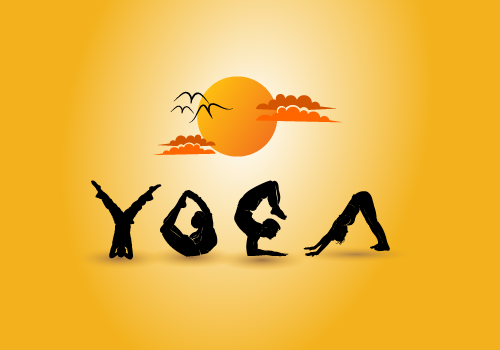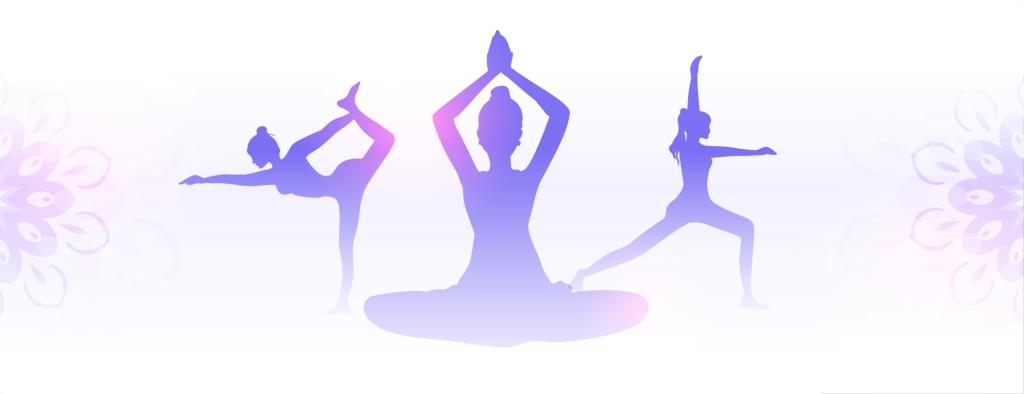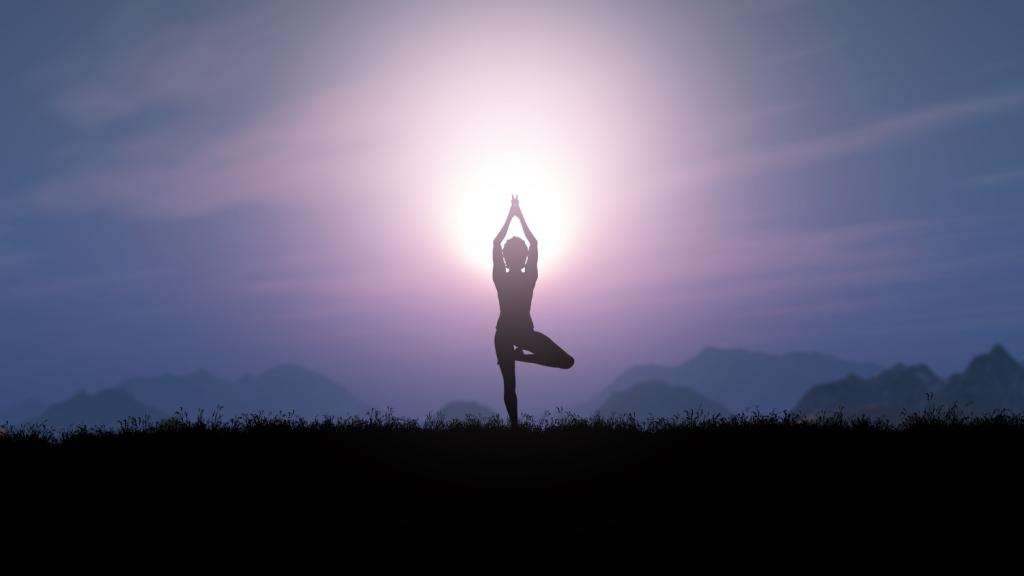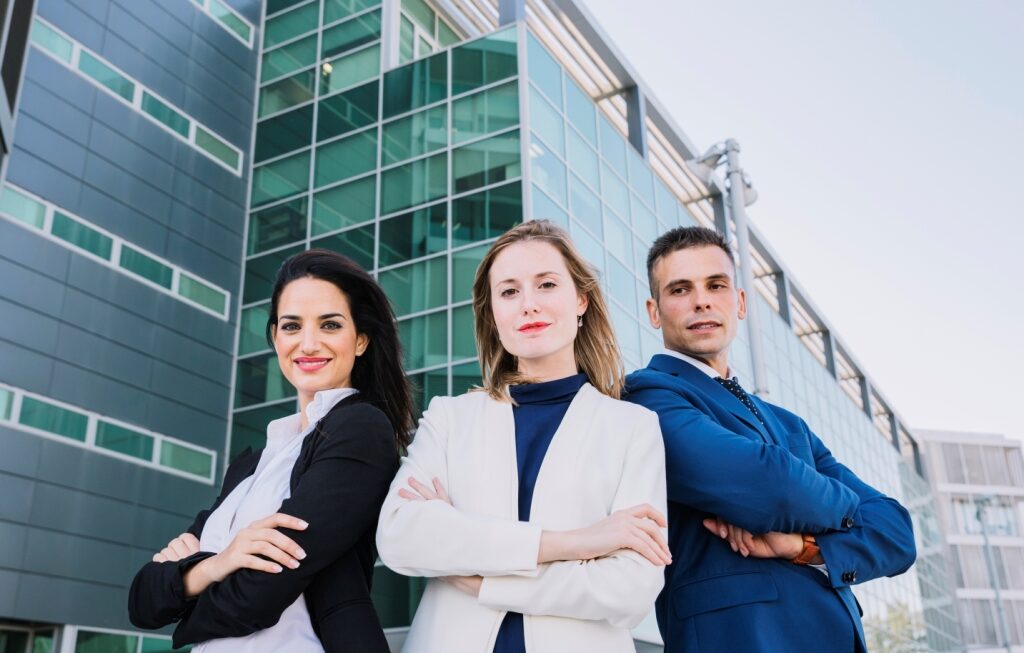Children with special needs experience a range of physical and internal disabilities that impact their overall well-being. Simple tasks can be challenging or require significant effort, leading to frustration. Consequently, they often feel tense and quickly tire from physical exertion. Cerebral limitations may cause stiffness in their muscles and bones, resulting in significant pain and restricted movement, making collaboration difficult. Additionally, they may struggle with attention-related difficulties.
The practice of Hatha Yoga, which includes various postures called “Asanas,” offers numerous benefits for children with special needs. Asanas serve as the foundation for integrating the mind and body in yoga practice. The greatest benefit of practicing Asanas lies in learning to relax while assuming different poses, leading to a state of deep concentration. This focus can be directed towards a single object or the rhythmic flow of breath, fostering harmony between mind and body. While certain Asanas may not be suitable for differently abled children, there are many postures specifically beneficial to them. Even attempting to achieve a particular pose yields similar benefits as reaching the final position. Depending on the type of disability, most postures can be modified accordingly, allowing children to experience the advantages. Some individuals with severe impairments practice yoga routines from their beds or wheelchairs. work on the muscles and joints, creating space within the body’s structure, enhancing flexibility, and improving overall mobility.
Pranayama, the practice of breath control, is particularly advantageous for individuals with disabilities. It enhances stamina, balance, and strength, while promoting better sleep through the regulation of vital energy. Certain pranayama techniques, such as Kukkuriya Pranayama (canine panting breath), can be engaging and enjoyable for children. Kapalabhati is also beneficial, but it should be practiced by those with a calmer disposition rather than hyperactive individuals.
Some Shatkarmas, such as Trataka and Kapalabhati, can significantly improve attention and serve as natural painkillers. Mudras, such as Bhujangini Mudra and Brahma Mudra, which involve breath and sound vibration, induce relaxation, rejuvenate the head, and neck region, reduce stress, and alleviate depression, bringing forth feelings of joy and happiness.
The practice of meditation, known as Dhyana, in any form, reduces feelings of loneliness and promotes peace of mind. While it can be highly beneficial for physically impaired individuals, it requires delicate handling for those with mental challenges.
Yogic relaxation techniques, coupled with the chanting of the mantra AUM, can greatly benefit these children. The mantra helps them maintain focus, improve alertness, and attain emotional and internal strength while experiencing rest and relaxation.
Shared By : Dr Puja Kapoor
Continua Kids






